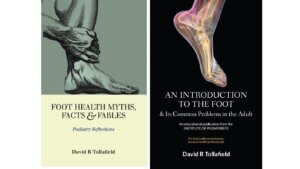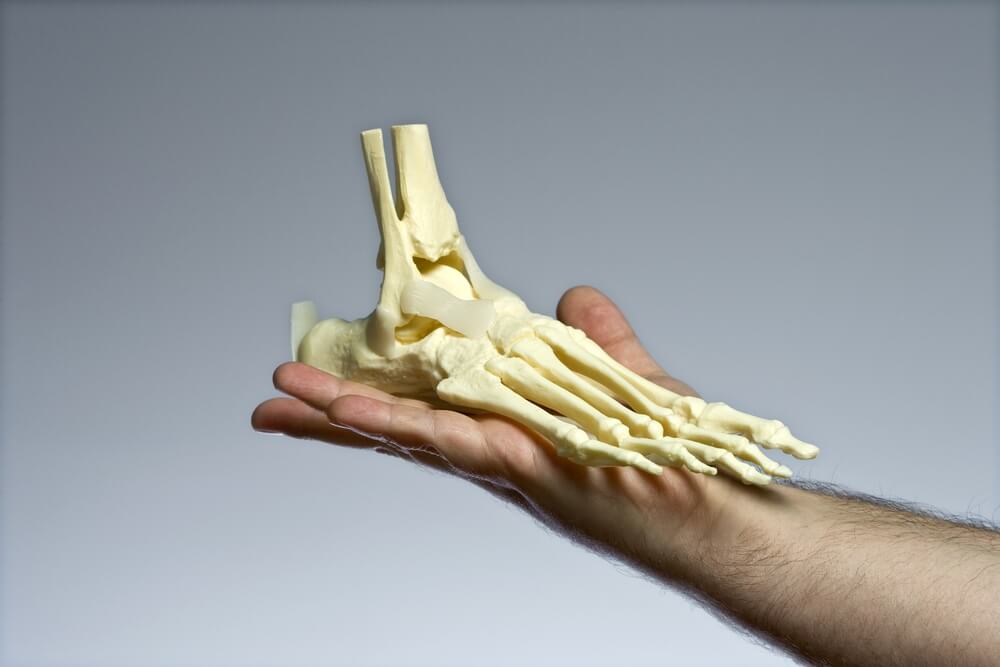The Sesamoid Bone in the Foot
If history was accurate, this seed-like bone would have been considered a religious artefact to be buried with a person, but it wasn’t. The sesamoid bone is good for a story, but most people do not know that these extra bones if we count the skeleton, take us from 26 to 28 in number.

Sorry, this article has been removed and is now incorporated into publications by David R. Tollafield, covering the foot and describing the mechanics and the history.

Two books with more information about sesamoids and foot anatomy, Foot Health Myths & An Introduction to the Foot, from AMAZON BOOKS.


Recent Comments